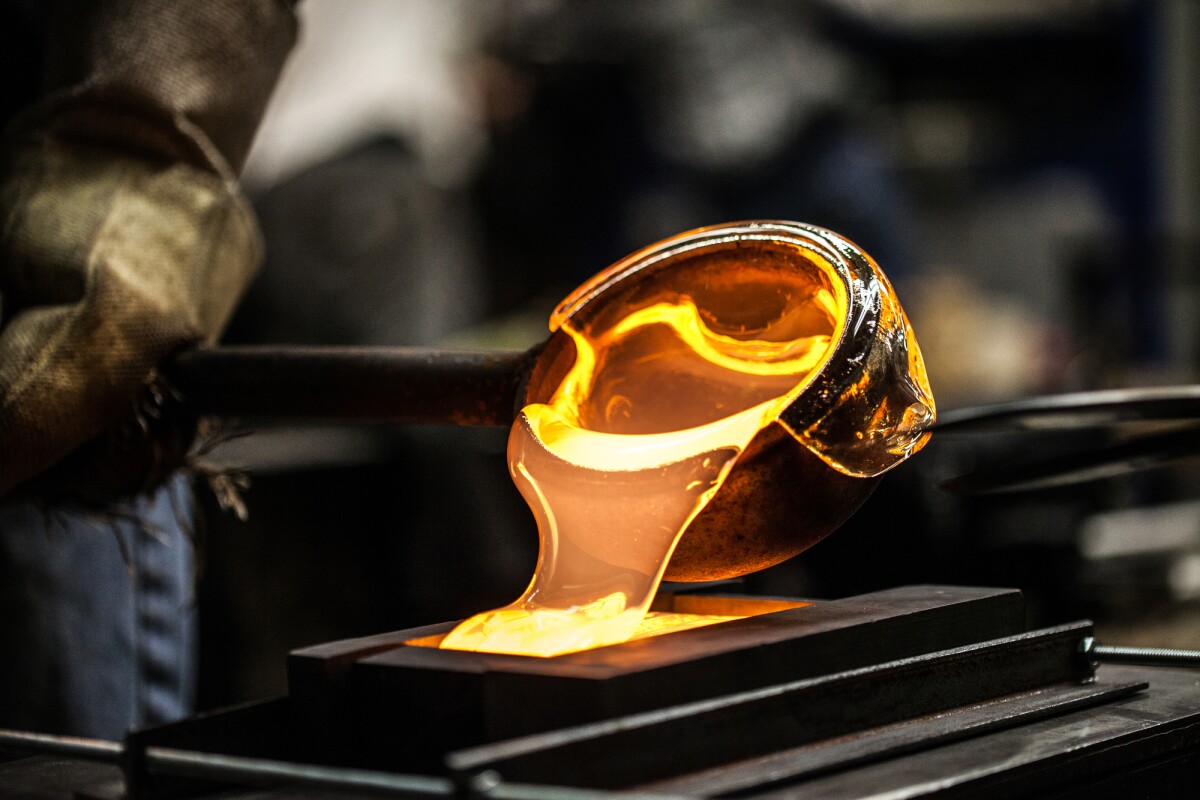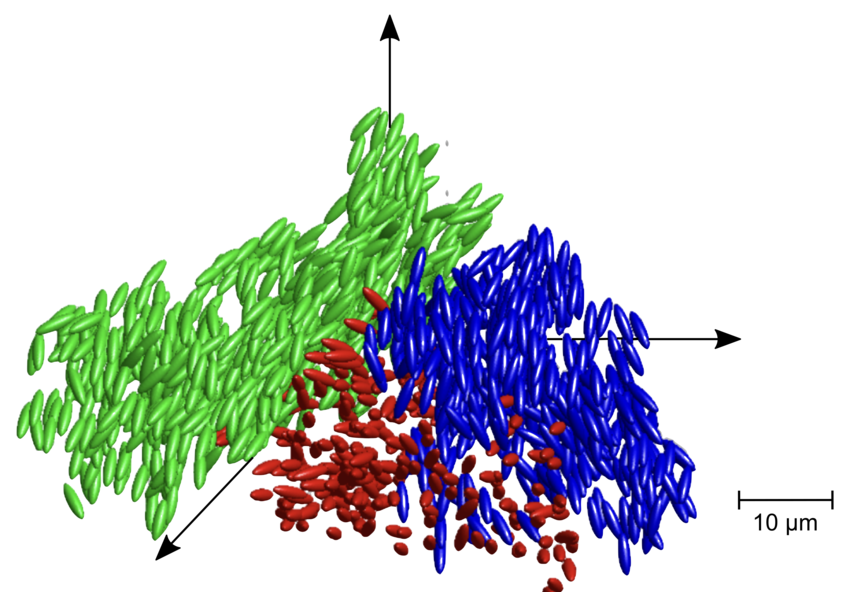
It is literally another form of directionality. It is not crystalline directionality nor is it truly amorphous either. It can move but not turn in certain ways. Rather neat actually.
This will turn out to be useful to produce much harder products that are not brittle I suspect. It may well explain tempering.
All good..
Liquid glass discovered as new state of matter
January 05, 2021
Researchers have discovered a new state of matter called liquid glass
Mundane as it may seem, glass is a surprisingly mysterious material. Now scientists at the University of Konstanz have identified a new state of matter called liquid glass, which has some unusual properties.
https://newatlas.com/materials/liquid-glass-new-state-matter/
It’s a persistent fallacy that glass already is a liquid, spread by misinformed high school teachers and tour guides. But that’s not technically true – glass is an amorphous solid. Normally when a substance transitions from a liquid to a solid, the formerly free-flowing atoms line up into a rigid crystal formation. That’s not the case with glass though: its atoms “freeze” in their disordered state.
Or at least, that’s how it usually goes. In the new study, the researchers discovered a form of glass where the atoms exhibit a complex behavior that’s never been seen in bulk glass before. Essentially, the atoms can move but aren’t able to rotate.
The team made this discovery in a model system of colloidal suspensions. These mixtures are made up of large solid particles suspended in a fluid, making it easier for scientists to observe the physical behavior of atoms or molecules. Normally these particles are spheres, but for this experiment the team used elliptical ones so they could tell which direction they were pointing.
A diagram showing the positions and orientation of the team's elliptical particles in the liquid glass state
Research groups of Professor Andreas Zumbusch and Professor Matthias Fuchs
The researchers tested different concentrations of particles in the fluid, tracking how well they could move and rotate. Eventually they found that at higher concentrations, the particles blocked each other from rotating, but they could still move, forming a liquid glass state.
“At certain particle densities orientational motion froze whereas translational motion persisted, resulting in glassy states where the particles clustered to form local structures with similar orientation,” says Andreas Zumbusch, lead author of the study.
The team says that the observed behavior comes from two competing glass transitions interacting with each other. Liquid glass has been predicted for decades, and the new observation suggests that similar processes could be at work in other glass-forming systems.
“This is incredibly interesting from a theoretical vantage point,” says Matthias Fuchs, senior author of the study. “Our experiments provide the kind of evidence for the interplay between critical fluctuations and glassy arrest that the scientific community has been after for quite some time.”
The research was published in the journal Proceedings of the National Academy of Sciences.
Source: University of Konstanz

No comments:
Post a Comment